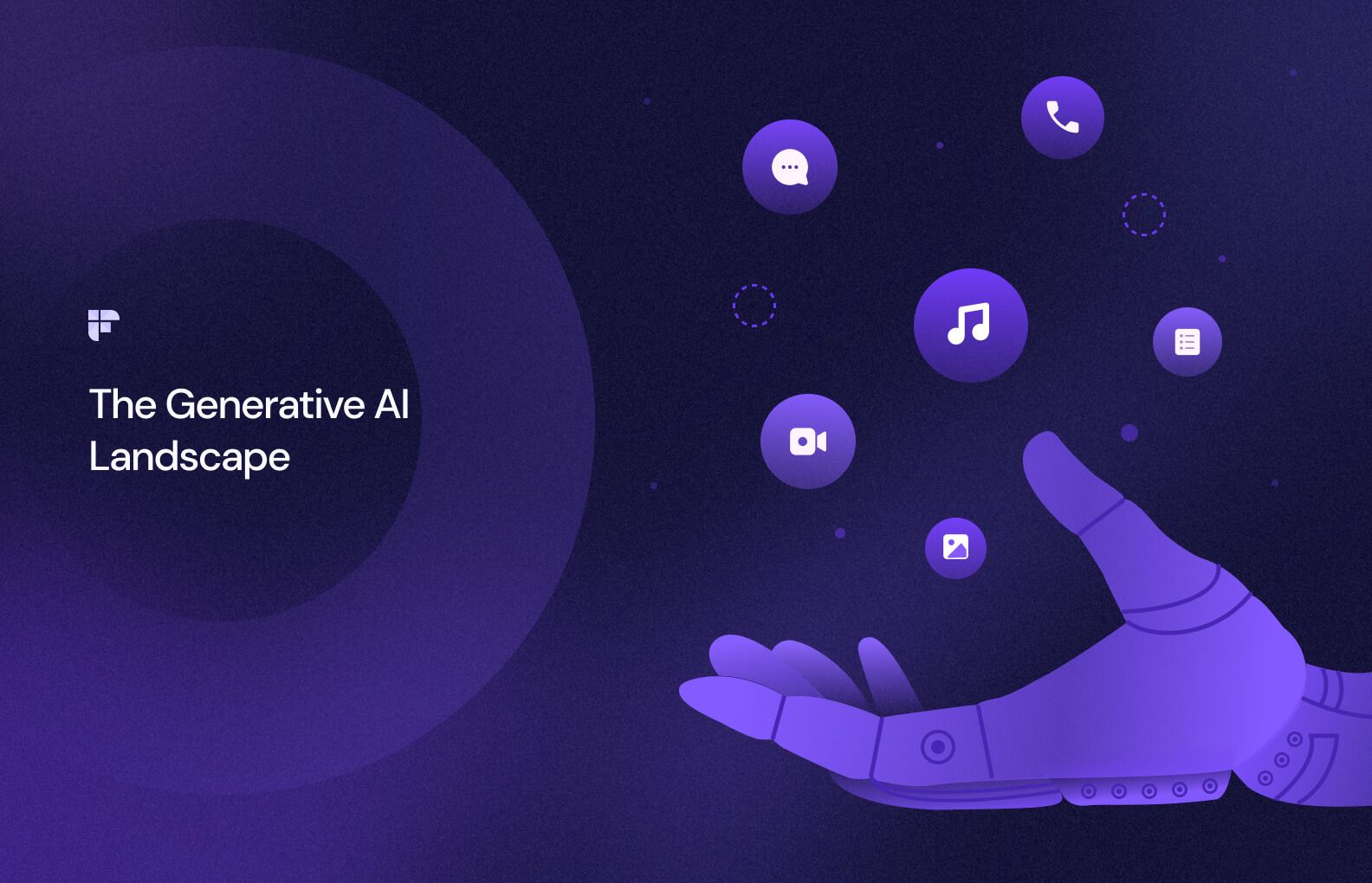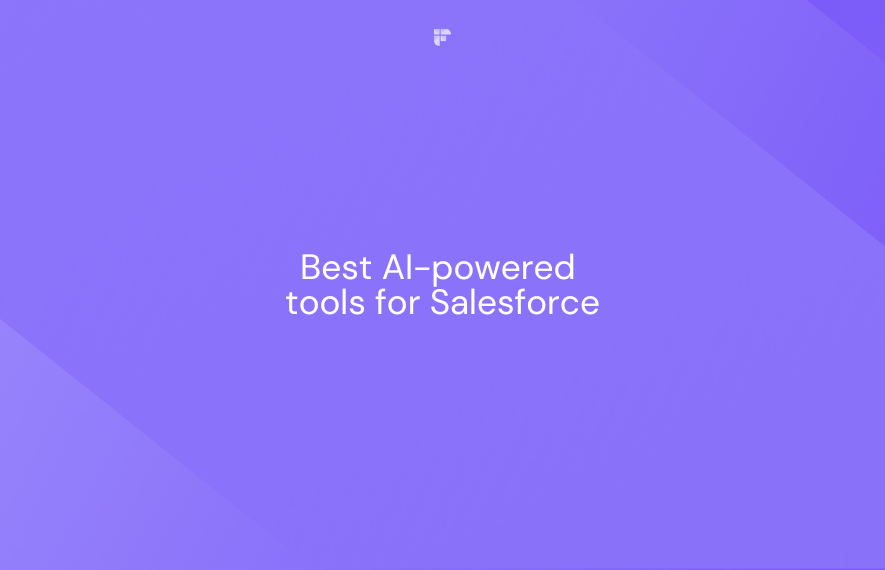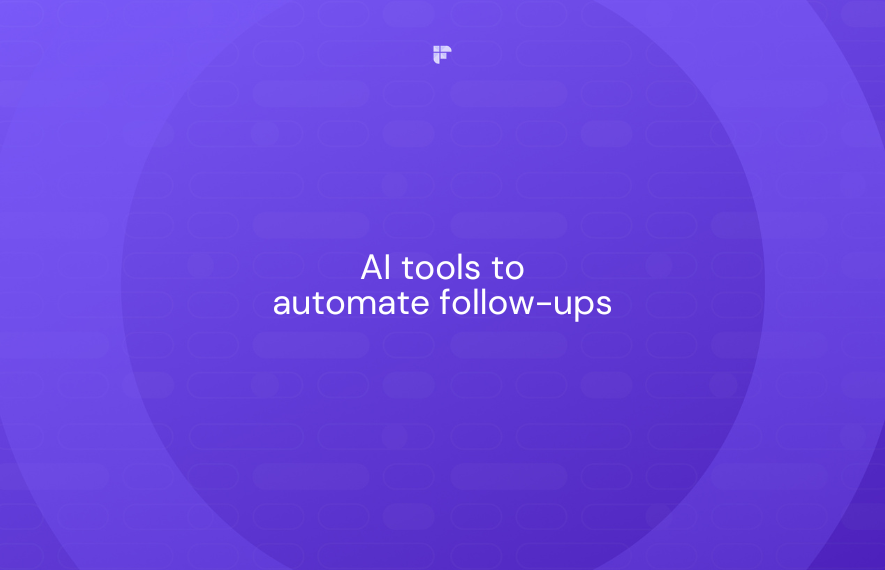The hype is real, and the buzz is deafening. The current generative AI landscape is increasingly blurring the lines between humans and machines, pushing the boundaries of what the latter can create.
Where was this technology a few years ago, and why this explosion of interest? And it's not just talk; the global generative AI market was valued at US$ 8.12 billion in 2021 and is likely to reach US$ 63.05 billion by 2028!
Experts also predict that generative AI could significantly impact the art, design, and advertising industries. So, here's a closer look at the rapidly expanding generative AI landscape and where it is headed in the next few years.
What is generative AI?
Generative artificial intelligence, or generative AI, uses machine learning algorithms to create new, original content or data. This can be in the form of text, audio, video, images, or code.
The term "generative" refers to how these models can "generate" new data rather than just analyzing or recognizing existing data. It's mainly focused on creating authentic-looking artifacts and has found widespread usage in application areas such as art, music, computer vision, and robotics.
Also read: our list of generative AI apps
How did generative AI become the modern-day big bang?
Generative AI is one of the biggest changes to the Internet in recent years, after social media and crypto. Today, we have cost-effective, fast, and high-quality AI models to create various artifacts, and there are no signs of a slowdown. The generative AI industry is already making revenues and high valuations despite being relatively new.
Companies like Jasper, launched almost two years ago, reportedly generated nearly $100 million in revenue and a $1.5 billion valuation. Similarly, OpenAI, the company behind GPT-3 and other AI models, is rumored to raise funds at a valuation in the tens of billions of dollars.
Anthropic, another major player in the field, has raised over $700 million in funding. It's clear that the generative AI market is thriving and generating significant revenue and valuations. But where is all this coming from? And how did all this happen so fast?
Well, if you think about it, humans have always been talking about software-based minds since the 50s. Like, remember when IBM's Deep Blue beat Kasparov in chess in 1997? Or when AlphaGo defeated Lee Sedol in Go in 2016?

In 1980, Steve Jobs said the Apple computer was like a "bicycle for the human mind." Today, generative AI can be considered a spaceship for the human mind, taking us to new heights of creativity and innovation.
The meteoric growth of generative AI is driven by three primary factors: advancements in AI models, access to large amounts of data, and improved computing power.
The latest machine learning and deep learning techniques allow us to train models to create new and original content.
The growth in the amount of data available for training AI models is also a significant factor in their development. The widespread use of tools, software, and devices that generate data, such as smartphones and social media, has created a vast pool of training data.
And computing power and technology improvements have allowed computers to process and analyze this data more efficiently, resulting in faster and more powerful computers capable of performing more complex tasks and contributing to developing more advanced generative AI models.
Also read: Leading in the Age of Generative AI
Generative AI landscape by numbers
Gartner and others have made some bullish predictions on generative AI, including:
- Generative AI will account for 10% of all data produced by 2025, up from less than 1% today (source).
- By 2026, 60% of the design process for new websites and mobile apps will be automated by Generative design AI (source).
- 50% of drug development initiatives will deploy generative AI by 2025 (source).
- By 2025, 20% of all test data for consumer-facing use cases will be artificially created (Source).
- By 2025, 30% of outbound marketing messages from large enterprises will be synthetically generated (source).
- By 2025, 90% of the material in quarterly reports will be synthetically generated (source).
- The European Union is working on mandating the "watermarking" of AI-generated artifacts (source).
Benefits of Generative AI
Saves time
We all complain about how busy we are and how there never seems enough time in the day. Well, generative AI is here to help with that!
One way it does this is by automating repetitive tasks and saving you valuable time. For example, let's say you're a marketer and you spend hours creating email campaigns. With generative AI, you could train a model to generate personalized emails, blog briefs, social media posts, and other resources for you.
It can also help with data analysis, image and video creation, and even software coding. Imagine being able to analyze vast amounts of data in minutes instead of hours or being able to generate a video with just a few clicks!
Creates more high-value tasks
Generative AI can automate specific tasks that are currently done by humans, freeing up time so you can focus on more creative and strategic work.

Plus, since generative AI can create high-quality output, it can also help to improve the overall quality of work that gets done. So, not only can it save time, but it can also lead to better results. Pretty cool, right?
Better collaboration
Generative AI is a real game-changer in collaboration and sharing information. Think about it, with generative AI, a team of researchers can quickly analyze data and share their findings with just a click.
And it's not just for research; you can also create reports and presentations that are more accurate and visually appealing, and engaging.
Read more benefits and use cases of generative AI.
The road ahead
Generative AI has become a hot topic in the media and has attracted a lot of investment from venture capitalists and large tech companies. This has led to the development of new and exciting generative AI applications and the emergence of new startups or open-source alternatives in this field.
The recent emergence of open-source alternatives to proprietary generative AI models, such as Eleuther.ai's GPT-NeoX-20B and StabilityAI's Stable Diffusion, has greatly contributed to the rapid growth and widespread adoption of generative AI. These open-source models, launched in February and August of 2022, respectively, offer similar capabilities as their proprietary counterparts from OpenAI, such as text generation and image and video generation.
The availability of these open-source alternatives will significantly reduce the cost and ease of access to generative AI in the coming years, making our lives and jobs easier.
Surely, generative AI is not just a buzzword; it's the future.








